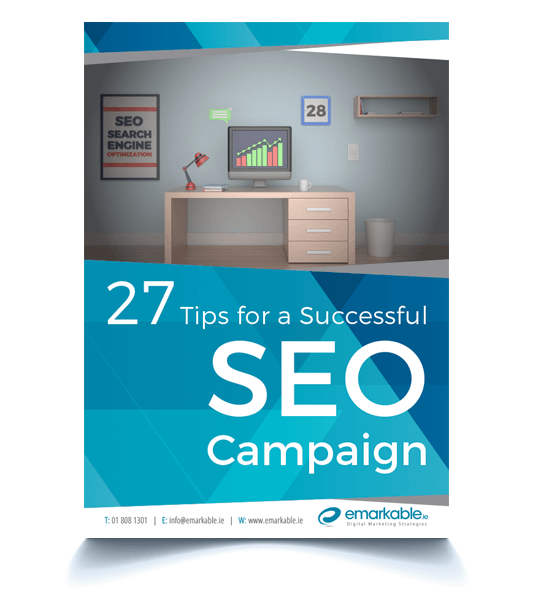Bad Photos and Their Impact on Your Website Development
Imagery is vital for a modern website development. Today’s users expect the websites they visit to offer rich visuals, whether that’s photographs, vector art, or something else. As such, images play a significant role in your website development. The problem is that too many business owners and decision-makers leave their site’s imagery to chance. They use stock photos, they fail to support your branding, or they might not evoke the emotional response that you want. Choosing the right pictures for your site is vital, and you cannot afford the negative implications of using bad photos.
Why Are Stock Photos a Bad Idea?
It’s natural to assume that stock photos are the best solution for your imagery needs. They’re often available free of charge, or for a low cost. They’re usually professionally taken, as well. You will find a ton of different stock photo websites available, too, meaning that just about any sort of photo you want to use can be easily located. In some cases, stock photos are fine, but for a business website, they may be the wrong choice. Why is that, though? Here’s a quick look at a few reasons that you might want to rethink using them on your site:
- Frequently Used – One reason to reconsider using stock photos is that they are used in many other places, and you have no control over where. This can lead to brand confusion in the best-case scenario, but it may also have negative connotations depending on the context in which the image is used elsewhere.
- No Trust – Today’s consumers expect the company’s they interact with to be trustworthy, but if your visitors recognise a photo you’re using from another website, they may wonder if they can trust you (or if the other company perhaps stole your image). That’s not something you can afford.
- Memes – Memes are incredibly popular today, and they use a wide range of imagery. Using stock photos on your website puts you in danger of your brand being associated with what could be a particularly nasty meme if the same photo were used with it.
Photography Mistakes to Avoid in Your Website
In addition to using the wrong type of photos(stock photos, for instance), there are other mistakes that you might make in regards to your website development. These can derail your efforts, reduce the quality of your user experience, and drive down your results.
- Too Many Pictures – Using too many photos is just as bad as using the wrong photos in the first place. It makes your website feel cluttered and dense and makes it difficult to navigate.
- Low Quality – While you need to optimise photos for load time, you also need to ensure that they’re of high enough quality that they do not look degraded on high-resolution screens.
- Text-Heavy Images – Sure, text can be used with your images, but if they are too text-heavy, you’ll degrade your user experience.
How to Choose the Right Photos
While stock photos are not really all that great for your needs, there are ways that you can ensure you get all the benefits of powerful imagery without suffering from those drawbacks.
Know Your User – First, make sure that you know your audience. How will they react to the imagery you use on your site? How will the various types of users be affected by your imagery? The best option here is to create user personas and then determine what types of images would be most effective with each.
Emotion– What emotions are you trying to evoke? Do your images allow you to do that? Is there any way that the selected image might fail to evoke the desired emotion, or evoke a different emotion instead?
Your Brand – How does a particular image connect with your brand? Does it foster trust or establish authority? Does it tie into your area of expertise, or your company’s personality? For instance, if you run a young, agile architecture firm, then an image of a middle-aged man in a three-piece suit is probably not going to tie into your brand well.
Conclusion
When done properly, photographs and other imagery can and should support your brand and evoke the desired emotion in your visitors. They should add to the user experience, not take away from it. While you do not necessarily need to invest in custom photography for all areas of your website, think twice before using stock photos, particularly very popular ones. It also pays to understand how mistakes made with photos can degrade the overall user experience so you can design your site appropriately.





